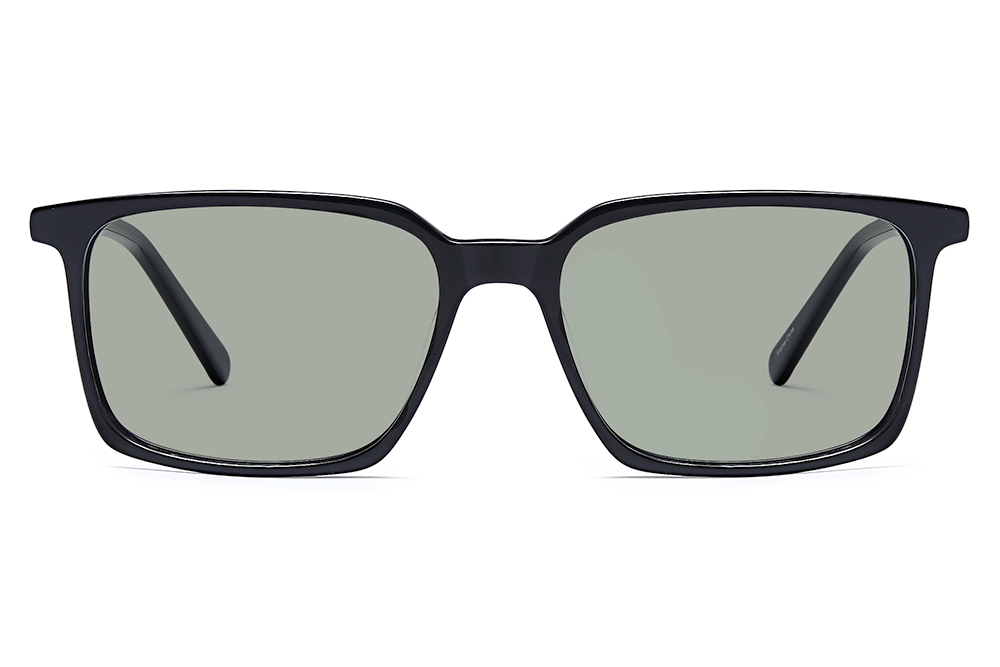The Problem with Current Migraine Treatments
A recent study published in the Journal of Headache and Pain by Japanese researchers reviewing data for almost 1,000 subjects noted that both episodic and chronic migraine sufferers have a very heavy disease burden1. Disease burden is defined by the disruption in daily life activities that the subjects experienced.
In this study, most Japanese subjects with episodic migraines are not generally treated by neurologists but by their primary care doctors while the chronic migraine sufferers tend to be treated by neurologists. Both were given preventive and abortive treatments consisting of medications that follow current headache society guidelines.
What the results of the study demonstrated was that a significant percentage of these migraine sufferers had at least one problem with their preventive and abortive treatments. Greater than 50% of the patients had problems with their current acute treatment and at least 20% with their preventive treatment. The problems could be a combination of lack of effectiveness of the medication or adverse side effects. Consequently, many of the subjects had to resort to second, third, or even fourth line migraine treatments.
As a result of these findings, the authors felt that there needed to be a concerted effort to come up with newer, safer, and better tolerated migraine treatments.
This was consistent with the American Migraine Prevalence and Prevention (AMPP) study which similarly showed that greater than 40% of people with episodic migraines were found to have at least one unmet need with their current acute treatment, which included:
- Dissatisfaction with their therapy as assessed by its lack of effectiveness
- Their tolerance to the medication
- Side effects
The Economic Burden of Migraine
Another study published in 2019 looked at the other side of the issue, which is the tremendous economic and quality of life burden that migraine headaches have on the population2. Based on surveys conducted in Sweden in 2018, it was found that the overall societal cost was up to 24,000 Euros per year per person in addition to a significant reduction in quality of life.
Chronic migraine sufferers were affected three times as much as episodic migraine sufferers and, as expected, costs in both areas increased with the increasing number of headache days per month that the migraine subjects had to deal with.
A Novel Solution to Live Better with Migraine
The data clearly depicts the dissatisfaction experienced within the migraine community when it comes to the available treatment options. The effects of migraine on quality of life, the economy, and personal well-being are overwhelming and those effects have been acknowledged.
The Avulux® team performed over eight years of clinical and optical engineering research to create a safe and effective light management tool with a goal of helping migraine sufferers overcome the physical, social, and economic burdens placed on them by light exposure.
Migraine subjects included in Avulux® studies varied from those with as few as one headache every month or two to those with more than 15 headache days a month. Individuals in every one of these subject groups experienced benefits in reducing the impact of light on their activities of daily living.
References:
1 Kaname Ueda, Wenyu Ye, Louise Lombard, et al.; Real-world treatment patterns and patient-reported outcomes in episodic and chronic migraine in Japan: analysis of data from the Adelphi migraine disease specific programme; The Journal of Headache and Pain 2019 20:68 https://doi.org/10.1186/s10194-019-1012-1
2 Frida Hjalte, Sara Olofsson, Ulf Persson and Mattias Linde; Burden and costs of migraine in a Swedish defined patient population – a questionnaire-based study; The Journal of Headache and Pain 2019 20:65 https://doi.org/10.1186/s10194-019-1015-y













